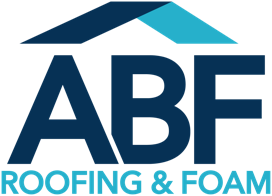Roofs are an integral component of any building structure, providing shelter, insulation, and protection against external elements. However, it is a well-known fact that roofs have a limited lifespan, typically requiring replacement every ten years or so. Understanding the reasons behind this maintenance task is crucial for homeowners and property managers to maximize the value proposition attached to their assets.
1. Wear and Tear:
Roofs endure constant exposure to harsh weather conditions, including rain, snow, hail, wind, and sunlight. Over time, this exposure takes a toll on the roofing materials, causing them to deteriorate. Shingles may become loose, crack, curl, or lose their protective granules. Other roofing materials, such as metal or tiles, may also suffer from corrosion or structural damage. Regular inspections and timely replacement help address these issues before they escalate, preserving the functionality and value of the roof.
2. Aging and Weathering:
Just like any other component of a building, roofs have a natural aging process. Regardless of the material used, prolonged exposure to the elements gradually weakens the roof’s structural integrity. Ultraviolet (UV) rays from the sun, temperature fluctuations, and moisture all contribute to the roofing materials’ degradation. As the roof ages, it becomes more susceptible to leaks, water damage, and potential collapse. Replacing the roof every decade mitigates these risks and ensures the long-term protection of the property.
3. Advancements in Materials and Technology:
Over time, roofing materials and installation techniques evolve to meet higher standards of durability, energy efficiency, and aesthetic appeal. By replacing your roof every ten years or so, you can take advantage of the latest advancements in the industry. Upgrading to newer materials, such as improved shingle designs or energy-efficient options like reflective coatings or solar panels, not only enhances the roof’s performance but also increases the property’s value and curb appeal.
4. Cost-Effective Measure:
While the idea of replacing a roof every ten years may seem daunting in terms of cost, it is actually a cost-effective measure in the long run. Regular roof replacements prevent small issues from escalating into major problems that require extensive repairs or even a full roof replacement. By investing in periodic roof replacements, you avoid the added expenses associated with water damage, mold remediation, structural repairs, and potential interior damage caused by roof leaks. Additionally, a well-maintained roof increases the property’s value, making it more attractive to potential buyers when it comes time to sell.
In conclusion, the need for roof replacement every ten years or so arises from the wear and tear, aging, and exposure to harsh weather conditions. By considering the value proposition associated with this maintenance task, homeowners and property managers can secure the long-lasting protection and enhance the overall value of their property. Remember, periodic roof replacements are not just an expense but an investment in the safety, comfort, and longevity of your home or building.

